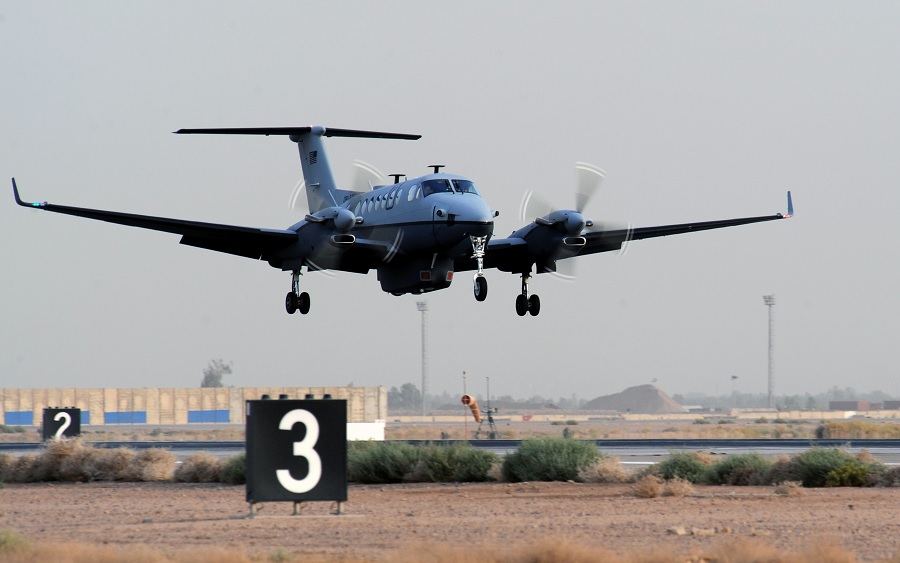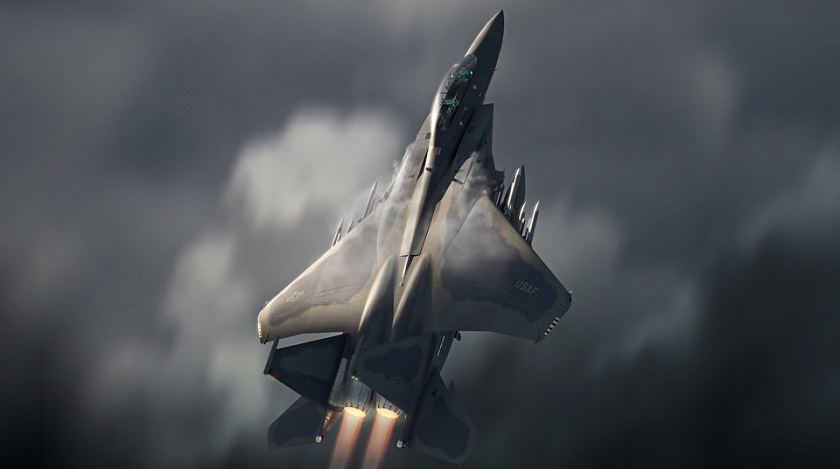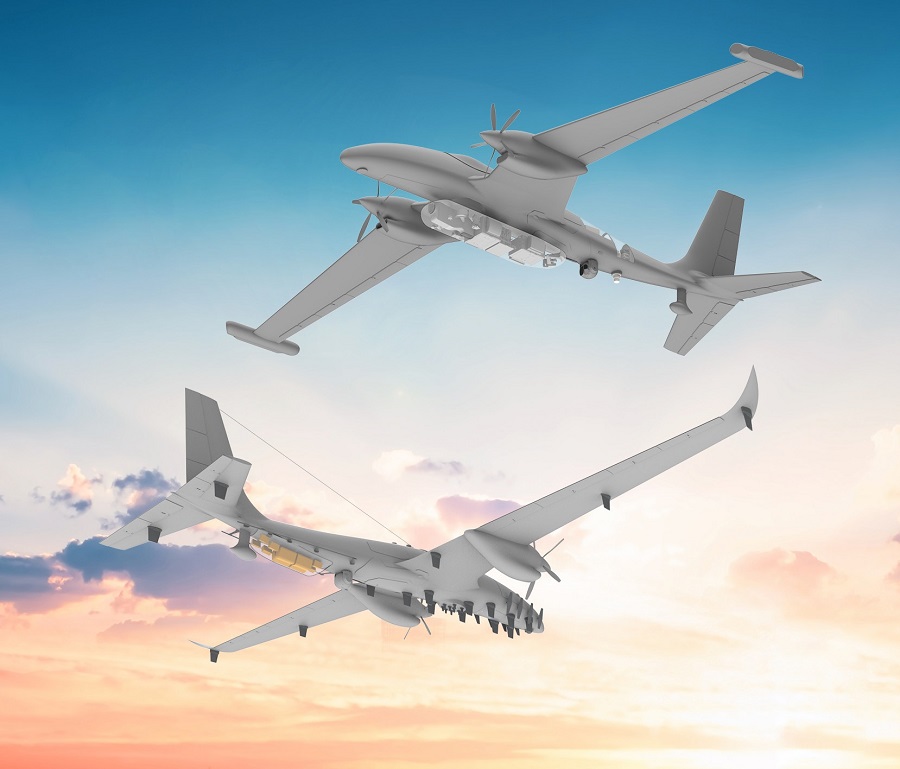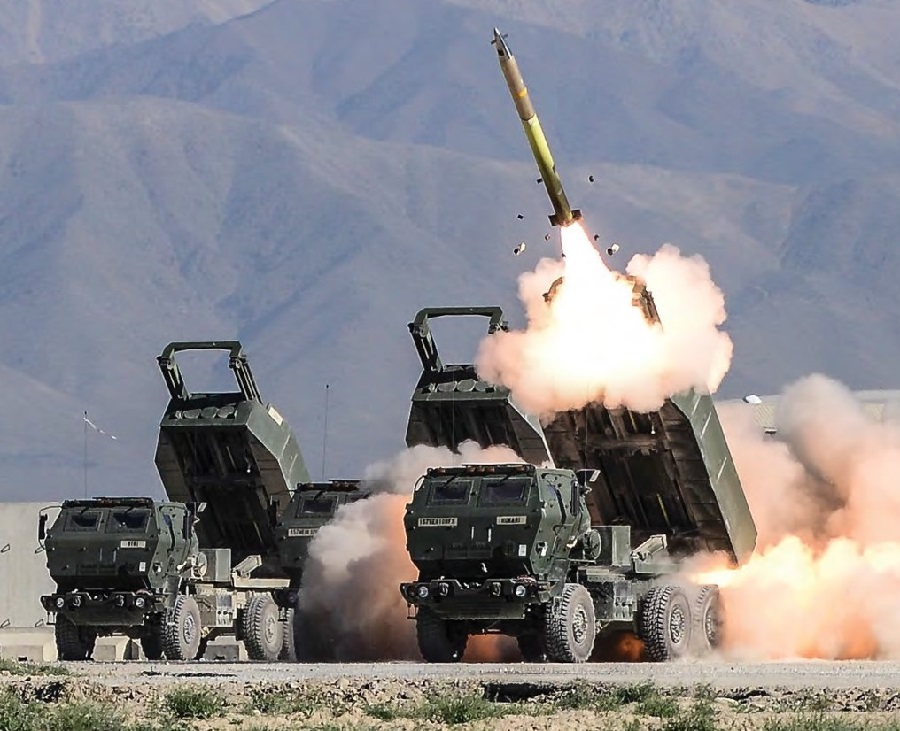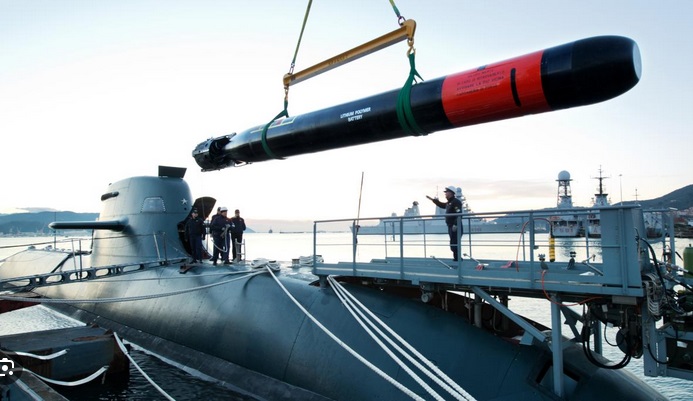MFEW-AL is designed to detect, identify, locate, deny, disrupt and degrade enemy communications and radars. This flight test provided data on MFEW-AL’s extended range capabilities, exposing it to a series of tests designed to evaluate its ability to sense and affect a wide range of signals of interest at various distances.
Previously flown on an MQ-1C Gray Eagle unmanned aircraft system, this test used an Army fixed wing aircraft, MC-12W, allowing the team to demonstrate the system is platform agnostic and can be tailored to a variety of configurations.
“MFEW-AL is an innovative converged technology that addresses our customer’s vision for combined cyber and electronic warfare capability and dominance,” said Deon Viergutz, vice president of Spectrum Convergence at Lockheed Martin. “In collaboration with the U.S. Army, this demonstration expanded upon all testing of the MFEW-AL system to date, bringing to bear a more complete hardware and software configuration that gets us closer to delivering this technology to our EW Soldiers.”
The MFEW-AL is a single, self-contained, airborne electronic warfare pod able to be equipped on a variety of aircraft based on mission requirements. MFEW-AL sees and shoots the farthest of all U.S. Army electronic warfare systems and is a key enabler of the Army’s Modernization Priorities. The system utilizes advanced technology with a system architecture based on the C5ISR/EW Modular Open Suite of Standards and provides the essential aerial component of the integrated EW system in Multi-Domain Operations.



